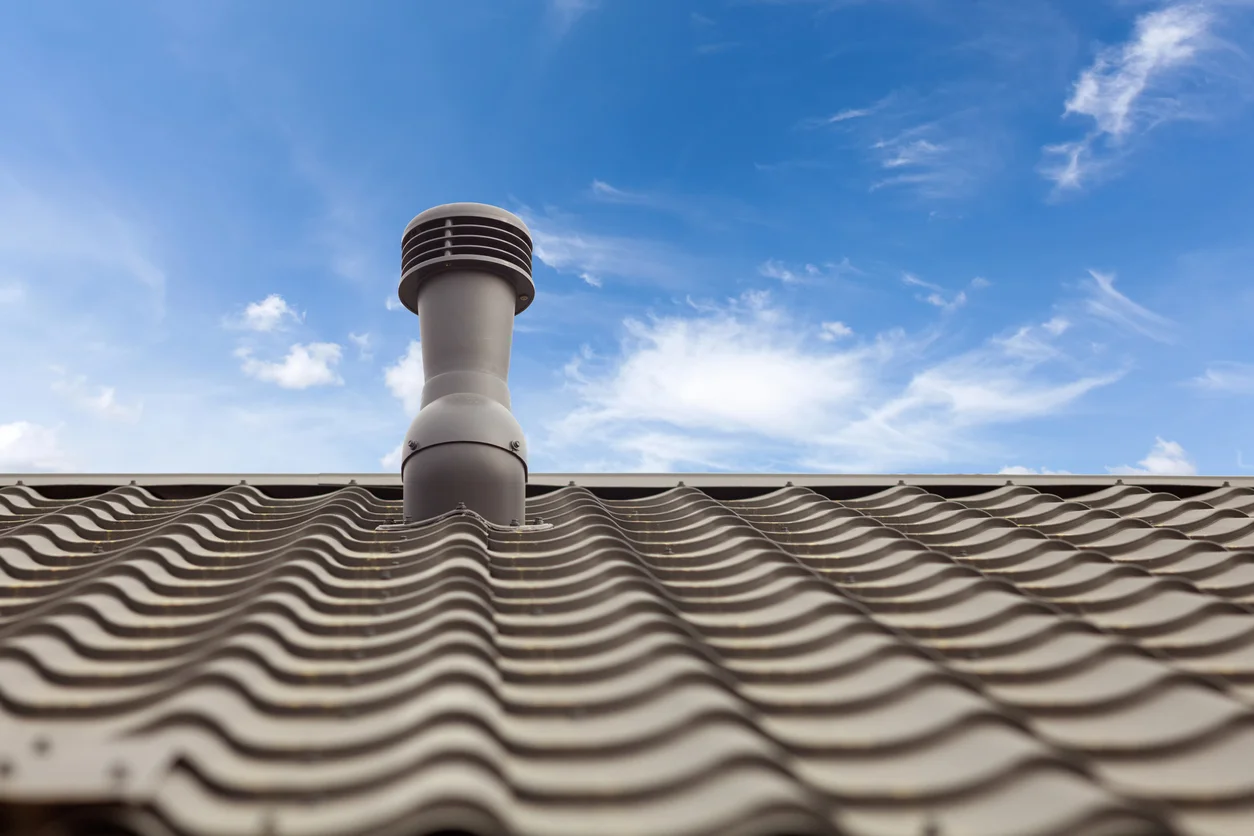
A roof needs proper ventilation to extend its lifespan, avoid costly repairs and save energy costs. Contact America Roofing today to schedule an inspection and determine what type of venting is best for your home.
Without venting, heat from the attic can seep into the living spaces below. This forces your air conditioner to work harder and consume more energy.
Extends the Life of Your Roof
A well-ventilated attic allows hot air to escape your home and prevents a buildup of moisture that can damage shingles. This can prolong the lifespan of your roof.
Inadequate ventilation can trap heat in your attic, causing it to overheat and damage wood framing and rafters. This is an expensive problem to fix, but one that can be prevented with proper roof vents.
The benefits of a roof ventilation system are many and far-reaching. It regulates temperatures in the attic and contributes to energy savings, a comfortable living environment for your family, and improved indoor air quality by removing harmful pollutants and odors. It also extends the life of your roof, reducing the need for costly repairs and replacements. Excessive heat and moisture can shorten the lifespan of roofing materials, resulting in premature roof failure and an increased need for maintenance and repair.
Prevents Ice Damming
Ice dams aren’t just ugly—they can cause a lot of damage to homes. That’s why it’s important to understand the primary causes and biggest myths surrounding these cold-weather headaches, so you can help your HVAC clients prevent them.
When a home doesn’t ventilate correctly, heat from the living spaces escapes into the attic and warms the upper part of the roof. This causes snow and ice to melt unevenly. The resulting water runs down the roof and, at the cold edges of the gutters and eaves, refreezes into a wall of ice.
Proper ventilation, along with proper insulation (fiberglass or cellulose), allows the natural cooling process to prevent this freeze-thaw cycle. This helps reduce temperature fluctuations that can cause ice dams to form. And, by preventing the buildup of ice dams, ventilation also prevents them from backing up and damaging the exterior or interior walls, ceilings and trim.
Prevents Mold and Mildew Growth
In a humid environment, mold spores multiply and spread, and when they land on something like insulation or drywall they can cause permanent damage. The problem is much worse in an attic space that isn’t properly ventilated.
When hot air meets cold attic insulation, condensation forms. The moisture can leak through shingles and roof sheathing, soak wood framing and exterior walls, or drip down to living spaces and ruin insulation, furniture, carpets and other porous materials stored in attic areas.
Proper ventilation allows for air flow from intake to exhaust vents, allowing moisture to escape and helping prevent mold growth, wood rot and premature shingle deterioration. It also helps regulate attic temperatures and reduce energy costs.
Reduces Indoor Air Pollution
Roof ventilation provides numerous indoor air quality benefits. By facilitating the circulation of cool, fresh outdoor air into living spaces, roof vents reduce allergens and other pollutants, as well as improve indoor air quality.
If your energy bills are skyrocketing during the summer heat, it’s a sign that your attic space isn’t properly ventilated. A lack of air flow in the attic forces your air conditioner to work harder than necessary, leading to higher energy costs.
A properly vented attic allows hot air to escape during the summer and cold air to enter during winter, reducing the strain on your air conditioning system. This leads to significant energy savings and aligns with sustainable home building practices. It also prevents ice damming and moisture build-up from trapped vapors throughout the year.
Improves Indoor Air Quality
In addition to extending the life of your roof, proper ventilation also improves indoor air quality. By allowing fresh air to circulate and stale air to escape, roof vents ensure that pollutants don’t get trapped in your living spaces, which can cause health problems for you and your family.
In the summer, unvented attics can trap heat under your roof and radiate it into your living space, forcing your air conditioner to work harder and consume more energy. Proper roof ventilation eliminates this issue and keeps your living spaces cool and comfortable all summer long.
Proper roof ventilation also prevents the buildup of moisture in your attic, which can lead to wood rot and structural damage to your home. Moisture can also be a breeding ground for mold and mildew.







